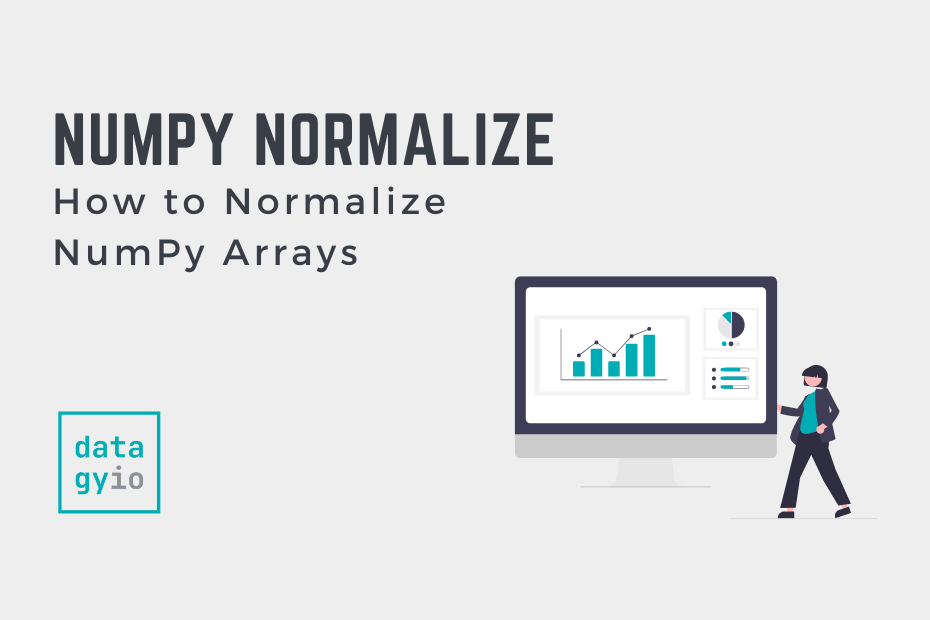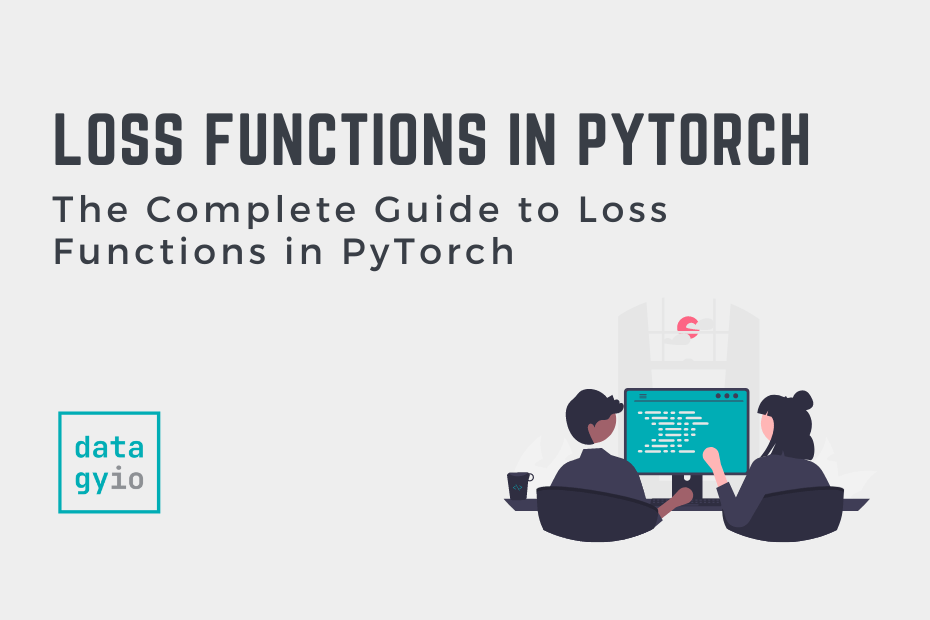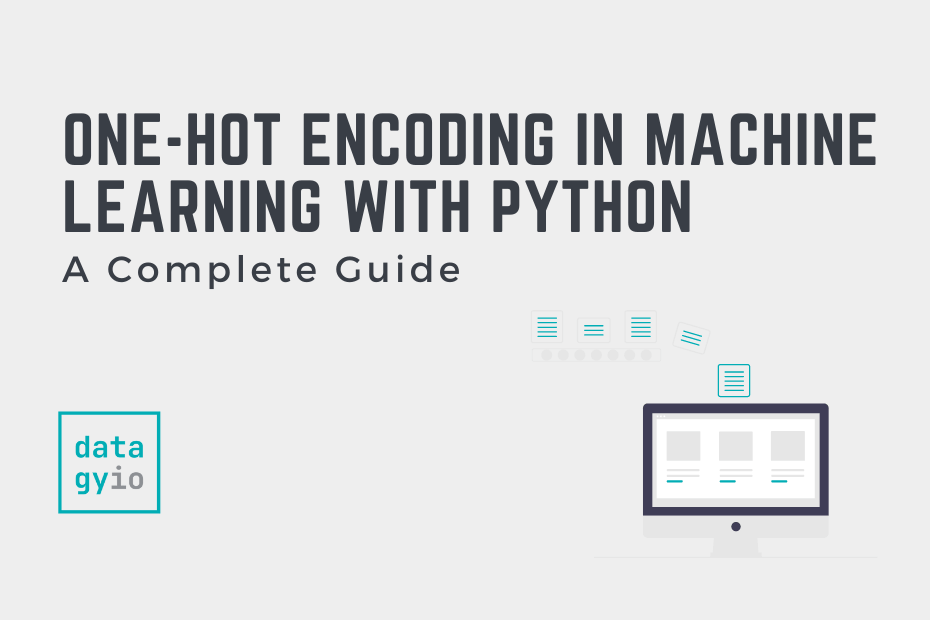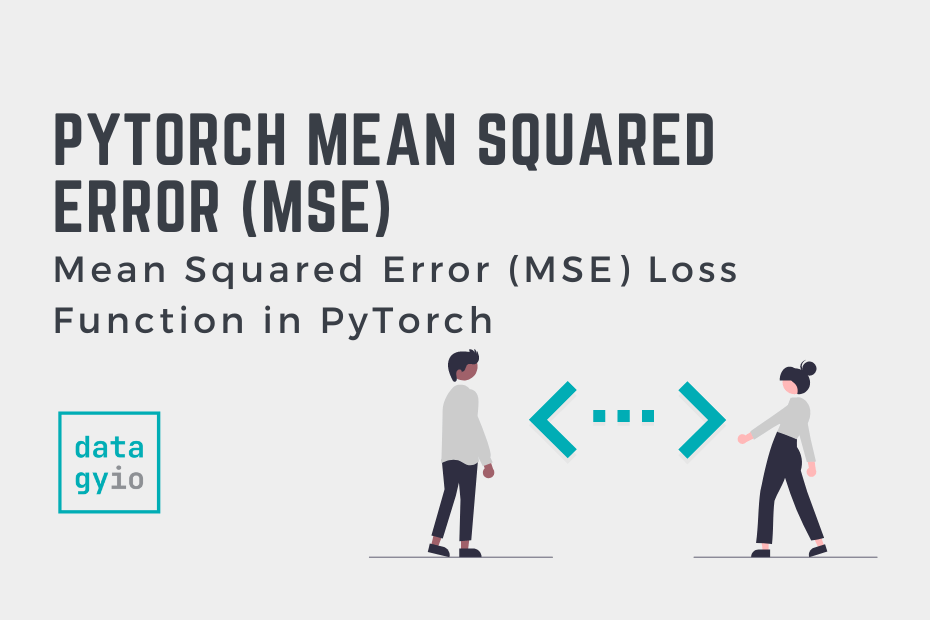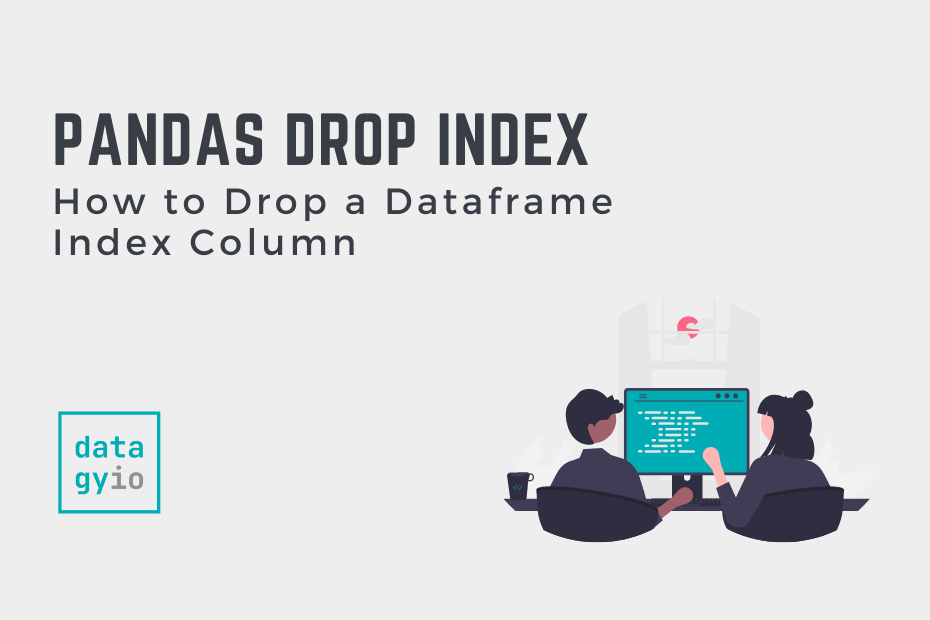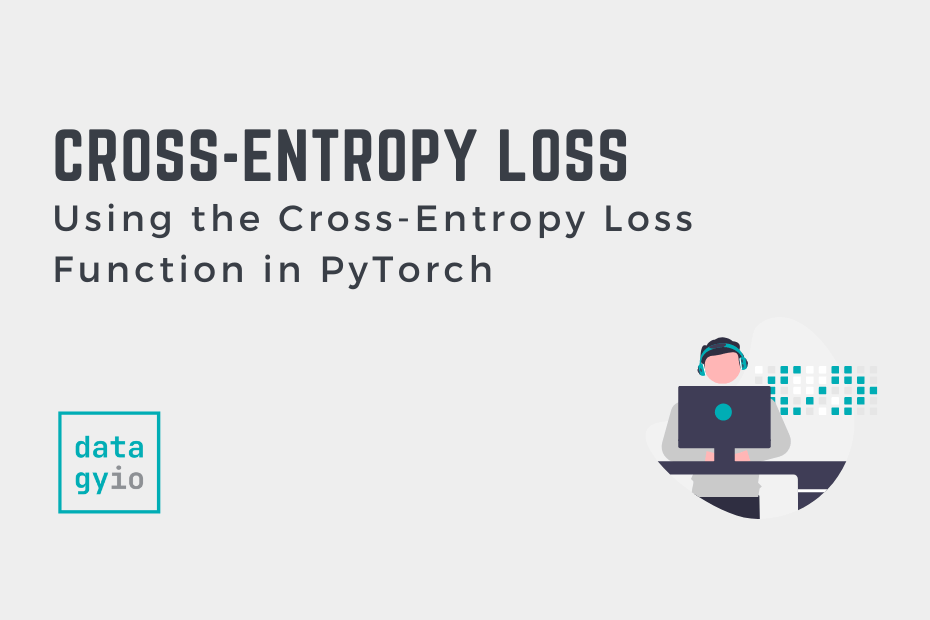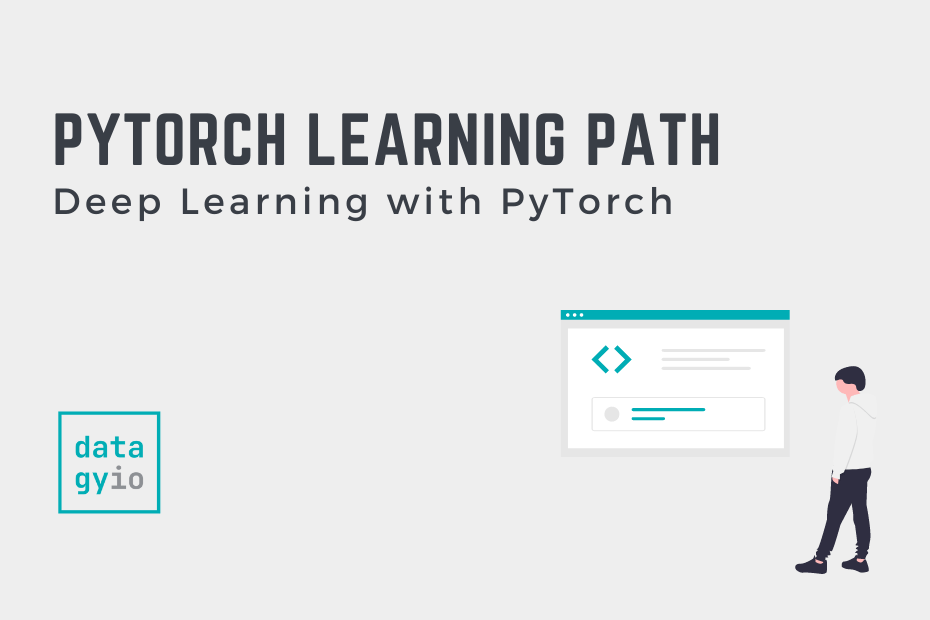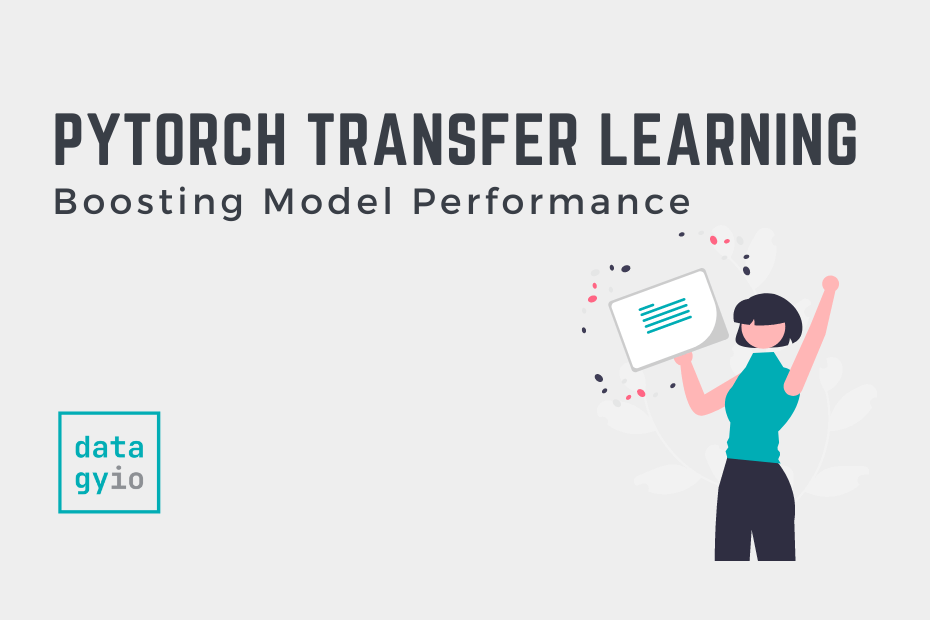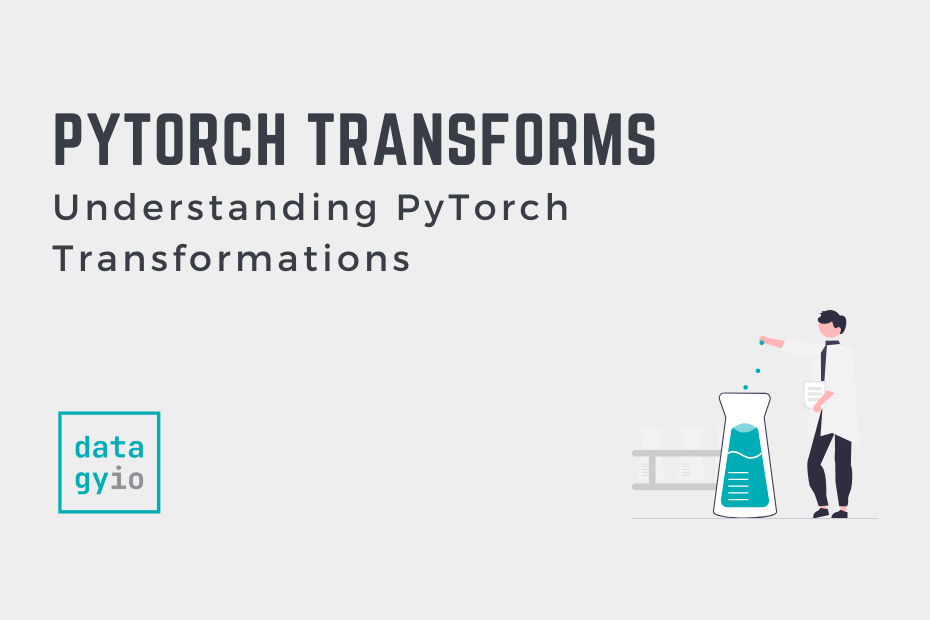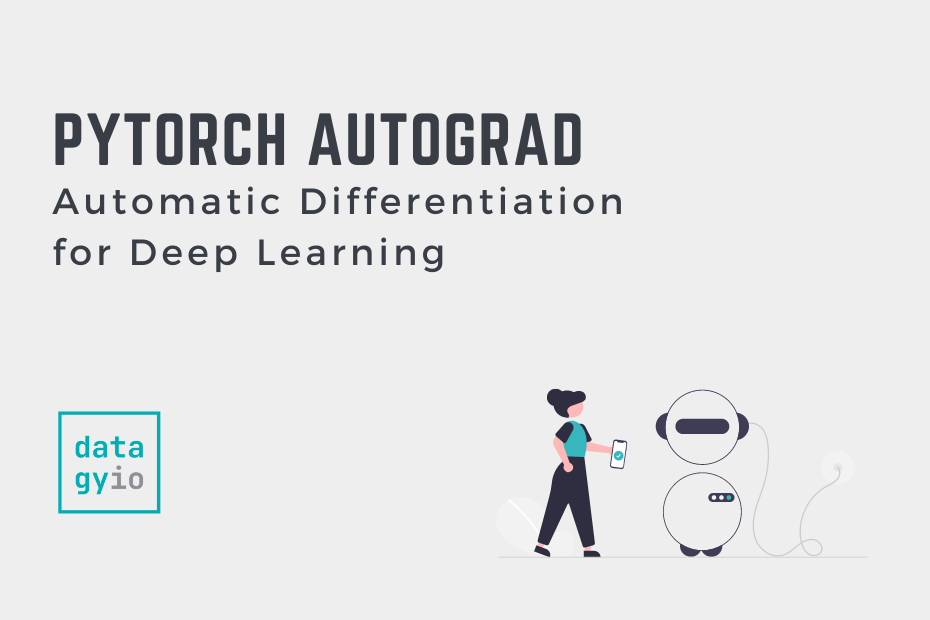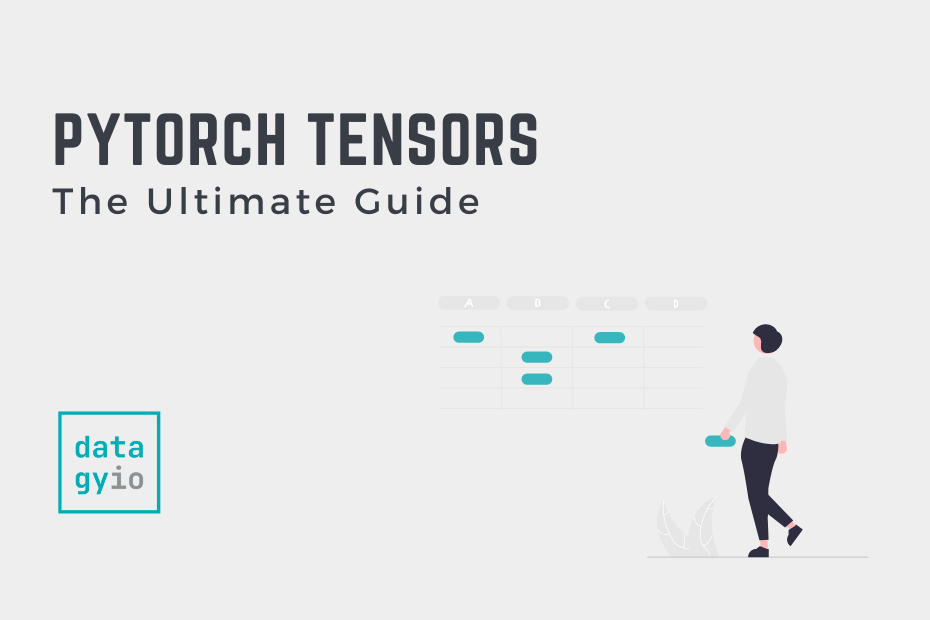How to Normalize NumPy Arrays (Min-Max Scaling, Z-Score, L2)
In this tutorial, you’ll learn how normalize NumPy arrays, including multi-dimensional arrays. Normalization is an important skill for any data analyst or data scientist. Normalization refers to the process of scaling data within a specific range or distribution to make it more suitable for analysis and model training. This is an important and common preprocessing […]
How to Normalize NumPy Arrays (Min-Max Scaling, Z-Score, L2) Read More »

